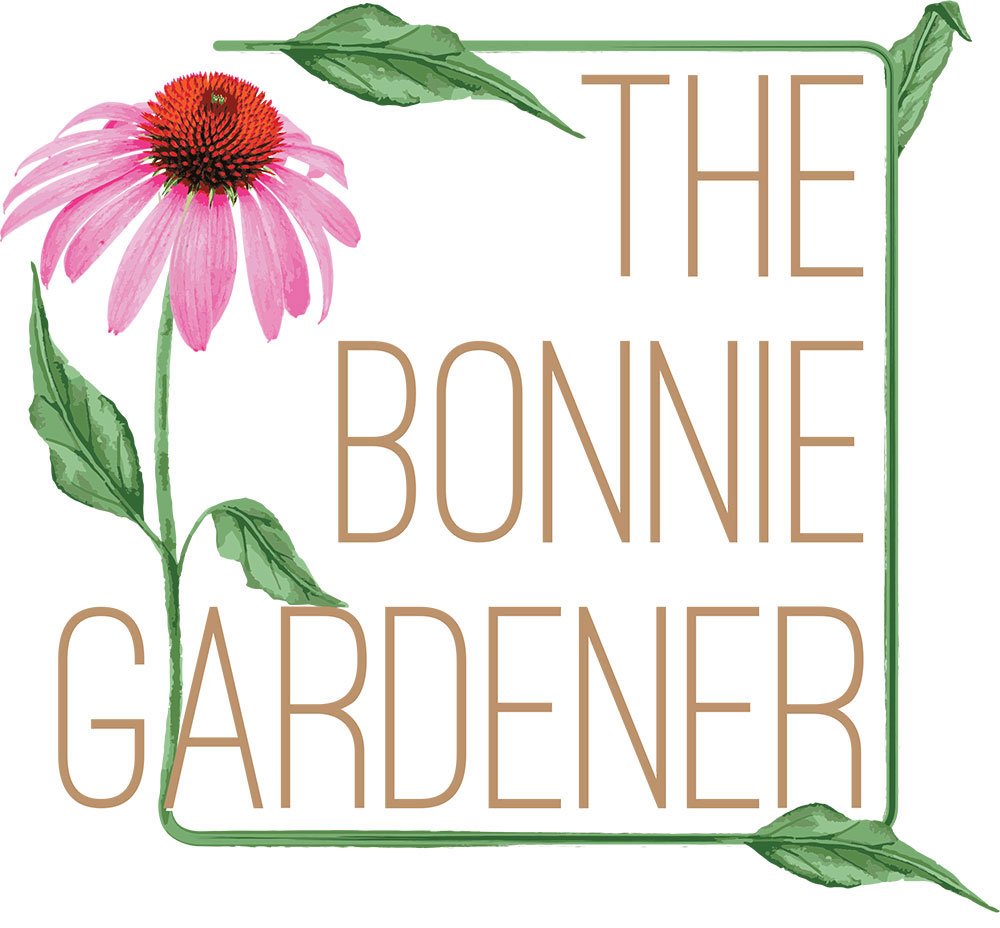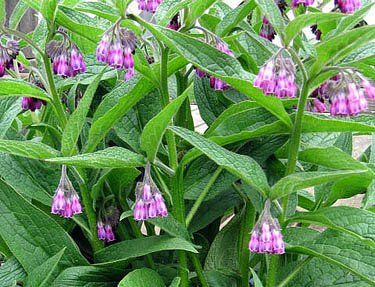Herbal healing and comfrey ointment recipe
On Saturday I attended a herbal first aid day course at the Royal Botanic Gardens in Edinburgh. Not only did it add to my knowledge about the healing powers of some of our native plants, it also made me think about gardening in a whole new light. Until now, I’ve grown vegetables for eating and plants for their aesthetic or wildlife-friendly attributes, but this course opened up a whole new host of things to grow and reasons to grow them – it also made me think about some of our traditional ‘weeds’ a bit differently.
This year, for example, I’ve allowed a large comfrey plant (Symphytum officinale, Boraginaceae) to grow at the allotment. While most gardeners consider it to be a weed (or only good for making nitrogen-rich comfrey tea as a fertiliser), I simply had to keep it when I realised how the bees adored its flowers. It’s by far one of the most bee-friendly plants I’ve got! But this weekend, I discovered it is also a plant with fantastic healing qualities.
Comfrey leaves and roots are great for wound healing – used externally, this is a plant that was traditionally used to heal burns, bruises and cuts. Its high allantoin content also means comfrey is good for bone fractures, promoting a speedy recovery. Just like comfrey tea encourages growth in plants, it also nourishes the blood in humans and can improve anaemia and fatigue. Emotionally it is also thought to be helpful to those who lack grounding and boundaries.
While I’m not so confident about its emotional properties (although I will remain open minded!) I am more convinced about the comfrey plant’s abilities to heal wounds and burns when used externally. Here is a recipe that I learned from my herbalist teacher at the botanics this weekend – to make an ointment to rub on burns or cuts or bruises.
Comfrey healing ointment
Ingredients
1 tablespoon grated beeswax
1 handfull of fresh comfrey leaves
Cold pressed olive or almond oil – sufficient to fill 1 honey jar
Method
Place crushed comfrey leaves in an empty honey jar and cover with oil
Stand jar (without lid) in a pan of warm water – make sure the water reaches half way up the jar
Gently heat the water and allow to simmer for 20 mins
Strain out the comfrey and return jar (with now infused oil) to the water pan
Melt in the grated beeswax
Carefully remove the jar from the pan and allow mixture to cool and solidify
Once ointment has formed, lid the jar and label
Keep in a cool, dark place and it should keep for several years.
How to use
Apply as needed to (freshly cleaned) cuts, burns or bruises

